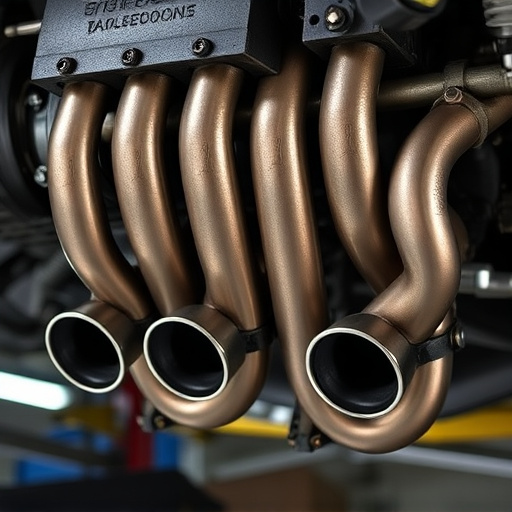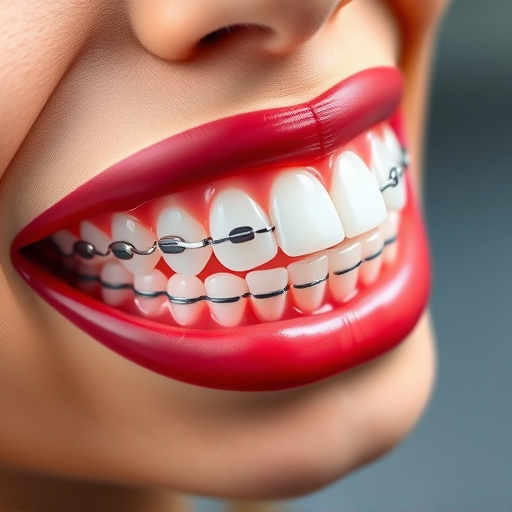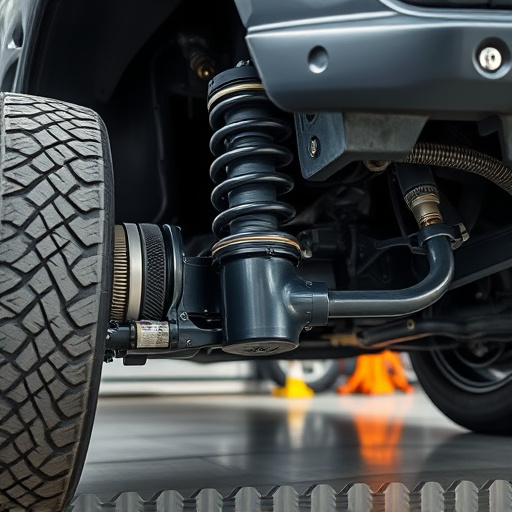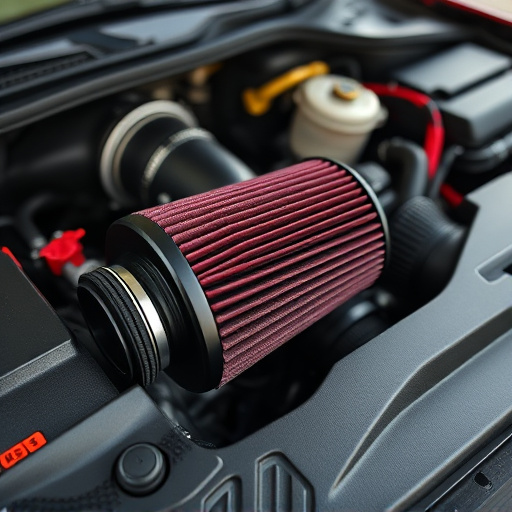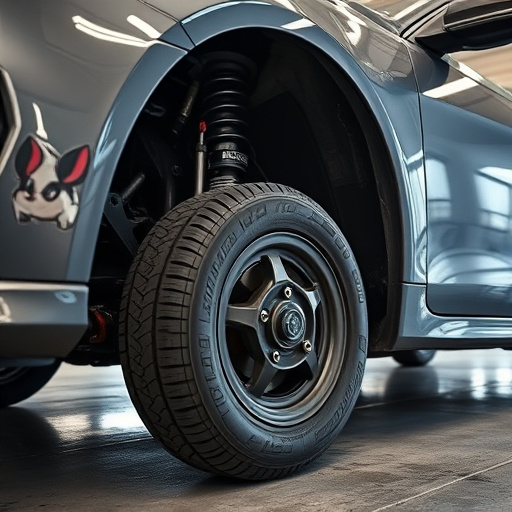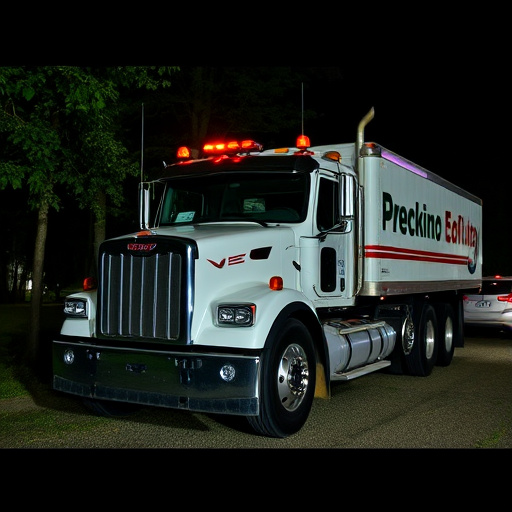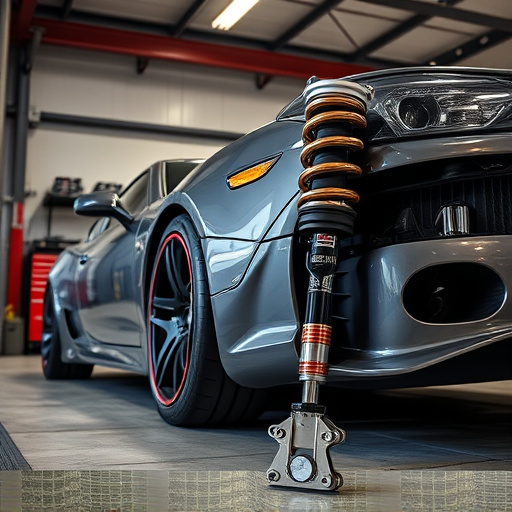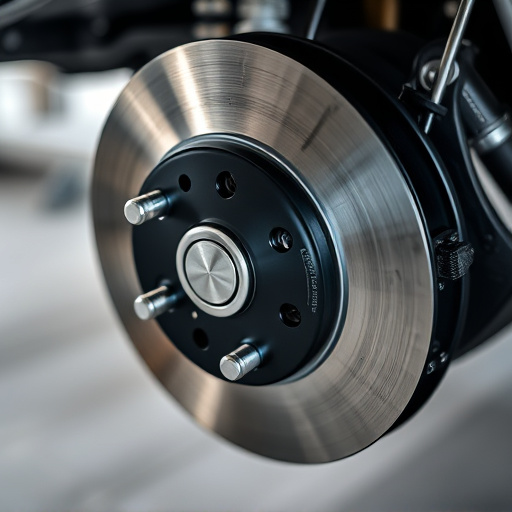Electronic Exhaust Cutouts (EECs) and Headers significantly boost vehicle performance by optimizing exhaust gas flow and enhancing fuel mixing. Their integration demands meticulous attention to component design, vehicle specifics, compatibility with other parts, and driving conditions for seamless fit and optimal performance, ensuring harmony between exhaust and intake systems for an enhanced driving experience.
Looking to enhance your vehicle’s performance with electronic exhaust cutouts? This guide is your compass. We’ll take you through the ins and outs of understanding these advanced components, exploring factors like material, design, and vehicle specifications that influence compatibility.
Learn effective strategies for seamless integration, ensuring optimal engine health and a harmonious driving experience. Discover the secrets to choosing the right electronic exhaust cutout for your needs.
- Understanding Electronic Exhaust Cutouts and Headers
- Factors Affecting Compatibility: A Comprehensive View
- Strategies for Ensuring Seamless Integration
Understanding Electronic Exhaust Cutouts and Headers
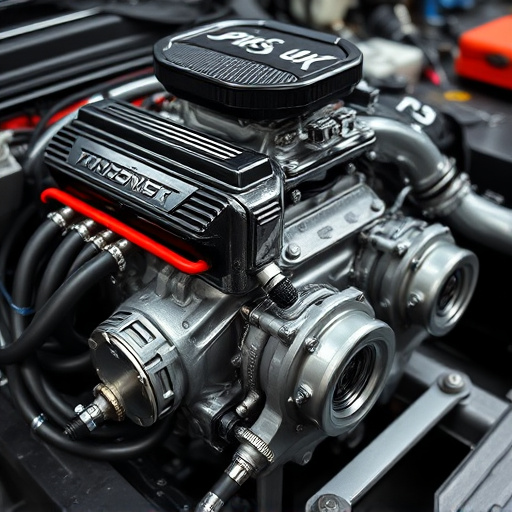
Electronic Exhaust Cutouts (EECs) and Headers are advanced components designed to enhance vehicle performance. EECs are electronic control systems that optimize exhaust gas flow, enabling more efficient combustion and improved engine power. They work in tandem with cold air intakes (CAIs), which draw in cooler, denser air for better fuel mixing, further boosting engine performance.
These systems offer a seamless integration of technology into the vehicle’s exhaust system. By controlling the flow of gases, EECs can reduce backpressure, allowing the engine to breathe more freely. This results in increased efficiency and power gains. Understanding how these components interact is crucial for optimal vehicle performance, ensuring that both the exhaust system and intake system work in harmony to deliver a robust driving experience.
Factors Affecting Compatibility: A Comprehensive View
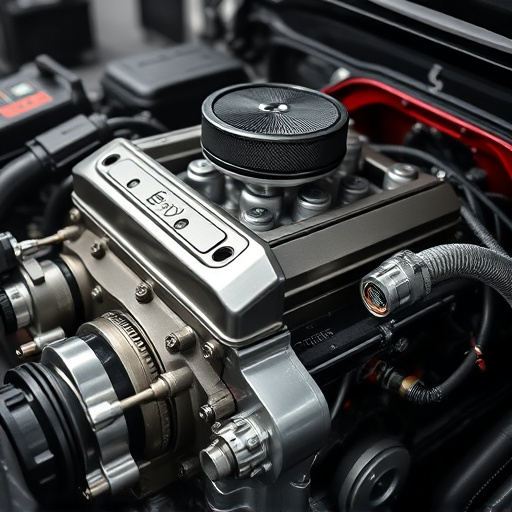
The compatibility of electronic exhaust cutouts (EECs) with headers is influenced by several factors that require careful consideration. One key aspect is the overall design and specifications of both components, including their dimensions, thread types, and material composition. EECs and headers must seamlessly integrate to ensure optimal performance and prevent any potential issues like leaks or misalignment. Additionally, the specific vehicle model and year play a crucial role, as manufacturers often have unique requirements and standards.
Other considerations include the compatibility of EECs with suspension kits, muffler tips, and brake pads, which can indirectly impact installation and overall system functionality. Proper clearance and space allocation are essential to avoid any obstructions or conflicts. Furthermore, factors such as climate conditions and driving styles can also influence the selection and performance of these components, highlighting the need for a holistic approach when ensuring compatibility.
Strategies for Ensuring Seamless Integration
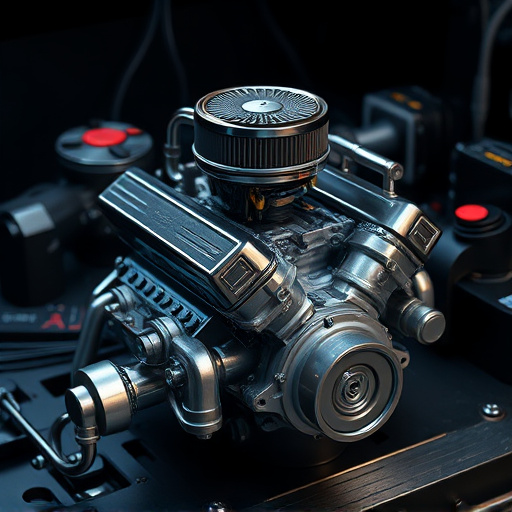
When integrating electronic exhaust cutouts with headers, several strategies can ensure seamless results. First, aligning the cutout’s placement with your vehicle’s air intake system is key; this synchronization guarantees optimal airflow, enhancing both engine performance and efficiency. Proper alignment ensures that gases flow smoothly from the cylinder head to the exhaust system, avoiding turbulence or bottlenecks.
Additionally, using compatible muffler tips and considering coilover kits can further facilitate a smooth integration process. These components work in tandem with your electronic exhaust cutouts, ensuring a balanced and harmonious exhaust setup. By paying attention to these details, you can create a seamless system that not only improves vehicle dynamics but also enhances the overall driving experience.
When integrating electronic exhaust cutouts (EECs) with headers, a thoughtful approach is key. By understanding the compatibility factors and implementing strategies for seamless integration, you can optimize both performance and efficiency. Remember, proper alignment, material considerations, and design collaboration are vital steps to ensure your EECs and headers work in harmony, enhancing overall engine functionality.

